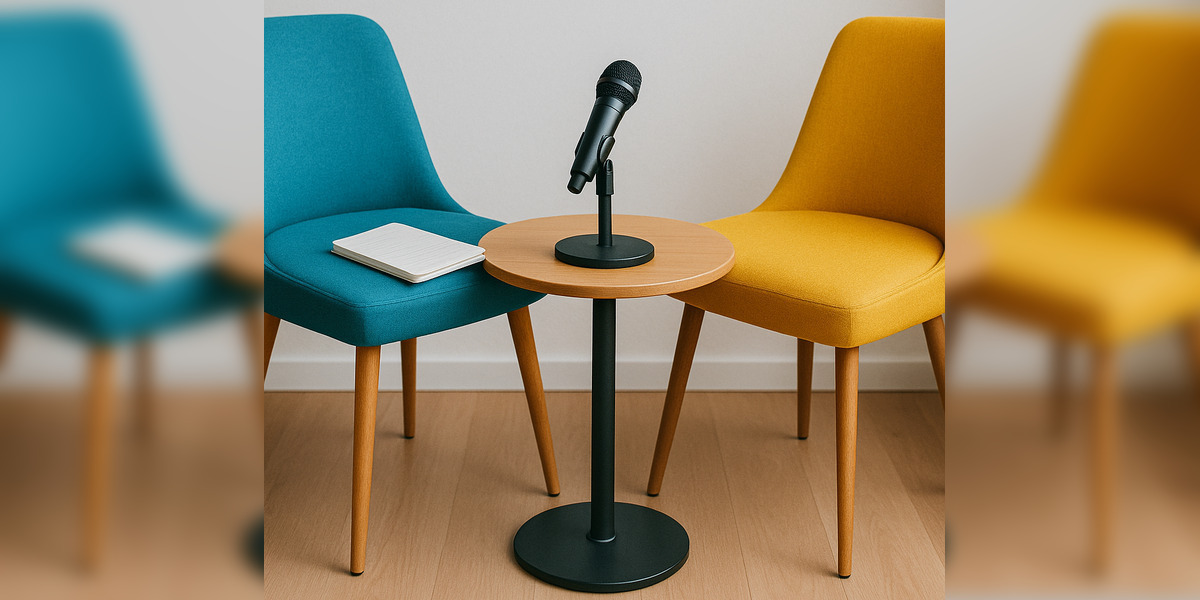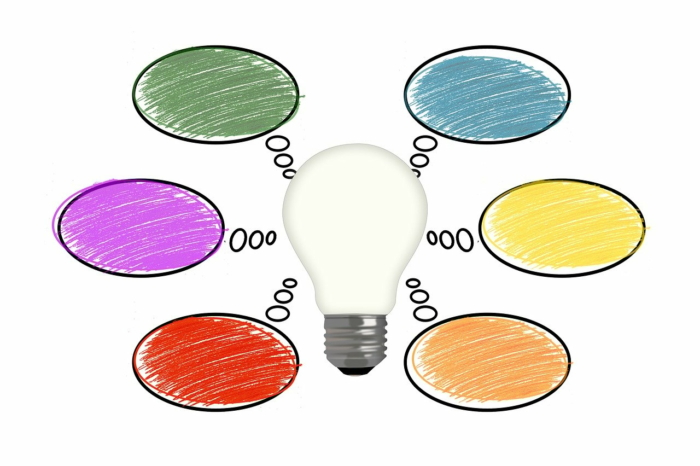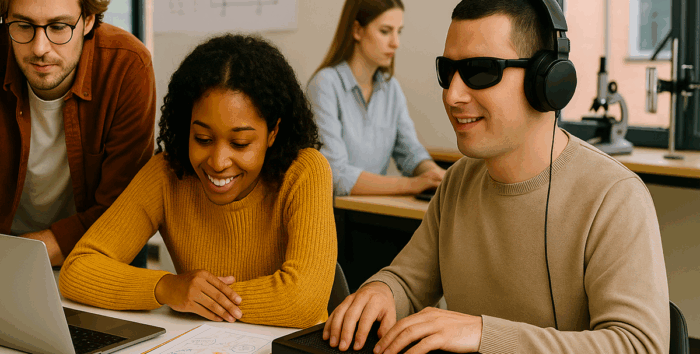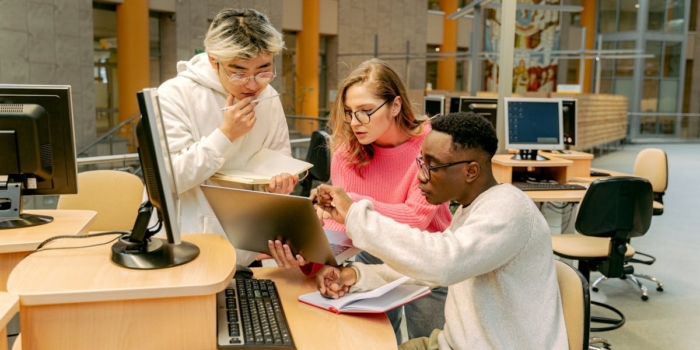To mark Deaf Awareness Week 2025, today we’re sharing the first of two imagined conversations between two Royal Academy of Engineering Visiting Professors, Katy Deacon and Emma Taylor, created with the help of Google’s Gemini AI.
The discussion takes inspiration from a powerful message shared by Dr Emma Taylor — “we need one million engineers who understand accessibility” a blog and talk, inspired by a conversation with Google’s Head of Accessibility and Disability Inclusion for EMEA. It’s a timely reminder of the role engineers can play in creating more inclusive environments by applying their problem-solving skills, curiosity and innovative thinking.
The interview itself was created in just 30 minutes using Google’s Gemini AI, drawing on articles written by Katy and Emma. Using AI in this way illustrates just one way that new technologies and approaches can provide content in ways that benefit all engineers, from students to professors. You’ll find the original sources and references linked below.
KATY: Emma, considering the E-DAP Toolkit and its focus on deaf awareness for engineers, what are your thoughts on how the principles of inclusive design learned through this lens – such as clear visual communication and alternative input methods – could also significantly improve the usability of engineering projects for a broader range of individuals, including those who are non-native English speakers or have neurodiverse conditions?
EMMA: I think the potential for broader impact is significant. The principles we learn from deaf awareness – like prioritising clear visual information and offering alternative communication methods – naturally extend to benefit non-native speakers who might struggle with nuanced language and to all of us who welcome support with technical terms and acronyms. Similarly, many neurodivergent individuals can benefit from reduced auditory overload, clearer visual cues, and flexible interaction options. By designing with deaf users in mind, we inherently create more universally usable and less cognitively demanding solutions for a much wider audience.
KATY: How important do you believe it is for engineers to actively engage with and champion accessibility, rather than solely relying on EDI-specific teams? Given the E-DAP toolkit is designed for engineers, how can we encourage and empower them to take a more central role in creating accessible solutions from the outset?
EMMA: I believe it’s crucial for engineers to be active participants in the accessibility conversation. Understanding diverse user needs, like those of the deaf community, actually makes engineers better problem-solvers overall. The E-DAP toolkit empowers engineers with practical knowledge and tools, enabling them to integrate accessibility considerations directly into their design process. This proactive approach is far more effective than retrofitting solutions giving a sense of ownership and responsibility for inclusivity. Engineers bring a unique technical perspective that is vital for creating truly seamless and effective accessible solutions.
KATY: Reflecting on the potential of the E-DAP toolkit, can you envision specific ways in which engineers who develop a strong understanding of deaf awareness could collaborate more effectively with EDI professionals? What unique perspectives and contributions might engineers bring to the table in these collaborations, to create truly inclusive and universally beneficial engineering outcomes?
EMMA: I can definitely see several ways engineers with deaf awareness could enhance collaboration with EDI professionals. For example, engineers could bring a deep understanding of the technical feasibility and implementation challenges of various accessibility features, ensuring that proposed solutions are not only inclusive in theory, but also practical to build and maintain. Engineers can identify innovative technical solutions that address specific accessibility needs in creative ways that EDI professionals might not immediately consider. Using the power of shared understanding, engineers who are deaf-aware can act as bridges, enabling better communication and empathy between technical teams and the diverse user groups EDI professionals represent. This collaborative approach driven by the engineer’s technical expertise and the EDI professional’s understanding of user needs, can lead to truly groundbreaking and universally beneficial engineering outcomes.
You can access the Engineering Deaf Awareness Project Toolkit here.
Part two of this conversation, where Emma will interview Katy, can be read here.
Information from these online resources was input to Gemini AI and used to generate both sets of questions and Emma’s answers:
- https://epc.ac.uk/resources/toolkit/engineering-deaf-awareness-project-e-dap-toolkit/
- We need a million engineers who understand accessibility – Cranfield University Blogs
- Prestigious engineering award win for Cranfield academic
Other links used:
- (14) What does deaf awareness have to do with educating engineers more effectively? | LinkedIn
- (14) Educating risk, enabling deaf awareness | LinkedIn
- (14) Deaf awareness technology for all: from every day to in-orbit space | LinkedIn
- (14) Peer-to-peer engineering: Catalysing mentoring for greater impact | LinkedIn
Katy also used her custom software to support generation of her answers. More information on Katy is here:




